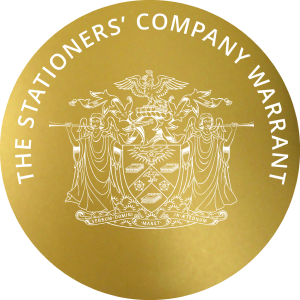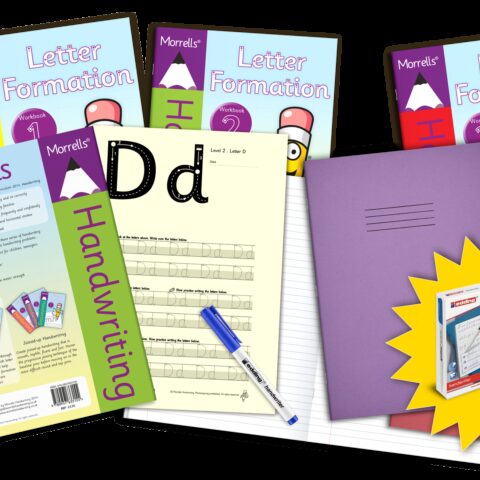How to Effectively Time Manage Your Day with Single-Tasking

Is it possible to make the most of every single day at work and come out feeling productive and accomplished? While we all strive for that ideal, it can be difficult to schedule our days properly and complete all of our tasks in an effective manner.
Read on in this article to learn how you can use the method of single-tasking to plan and manage your time, tasks, objectives, and goals - so that you can become a more efficient worker!
The Benefits of Single Tasking
Single-tasking has a number of benefits that can help you to be more productive. When you focus on one task, you are able to give it your undivided attention. This can help you to work more efficiently and get the job done quicker. It also allows you to avoid distractions and stay focused on the task at hand.
Single-tasking can also help to improve your memory and recall. When you are trying to juggle multiple tasks, it can be easy to forget what you were supposed to be doing. By focusing on one thing at a time, you are more likely to remember what you need to do and be able to complete the task successfully.
It can also help to reduce stress levels. When you are trying to do too many things at once, it can be easy to feel overwhelmed and stressed out. By taking on one task at a time, you can pace yourself better and avoid feeling overwhelmed. This can lead to improved concentration and a better quality of work overall.
Here are some tips for making the most out of your day with single-tasking:
Task Management Tips
There are a lot of different ways to manage tasks, but one of the simplest and most effective is to use paper. Pen and paper can help you keep track of what needs to be done, when it needs to be done, and how well you’re progressing.
Here are a few tips for using paper to manage your tasks:
1. Write down everything that needs to be done. This includes big projects as well as smaller tasks that need to be completed. Having everything written down will help you see the overall picture and prioritise accordingly.
2. Break down each task into smaller steps. This will make each task seem less daunting and more manageable. Plus, it’s easier to visually see your progress when each task is broken down into steps.
3. Estimate the time each task will take. This will again help with prioritisation – you’ll know which tasks need to be tackled first in order to meet deadlines. It can also be helpful in time management – if you know a task will take an hour, you can factor that into your day and make sure you have enough time set aside to complete it.
4. Allocate time in your calendar for each task. Having deadlines helps ensure that tasks get done in a timely manner. Plus, it’s satisfying to check something off your list once it’s been completed!
5. Review your list regularly. As you complete tasks, cross them off, or if they're no longer relevant, take them off your lists!

Time Management Tips
1. Make a to-do list every day and prioritise the items on the list. Do the most important tasks first and don't procrastinate.
2. Set a timer for each task on your to-do list and work on the task until the timer goes off. This will help you stay focused and avoid getting sidetracked.
3. Take breaks often to refresh your mind and body. Stand up, stretch, take a walk, or grab a quick bite to eat.
4. Delegate tasks whenever possible. Ask for help when needed.
5. Learn to say "no" when people ask you to do something that isn't on your priority list or that you don't have time for.
6. Eliminate distractions by turning off your phone, TV, or other electronics when you need to focus on a task.
Why not use a Desk Pad to time manage your schedule?
You could even print this template from our popular 5-column planner desk pad to help you organise your goals, and objectives, manage tasks and your time.
It's handy for mapping out daily and weekly to-do lists as things get busy and is also available to buy in its original supersized A3 Planner Desk Pad format.


#BuyingRHINOSavesRhinos










